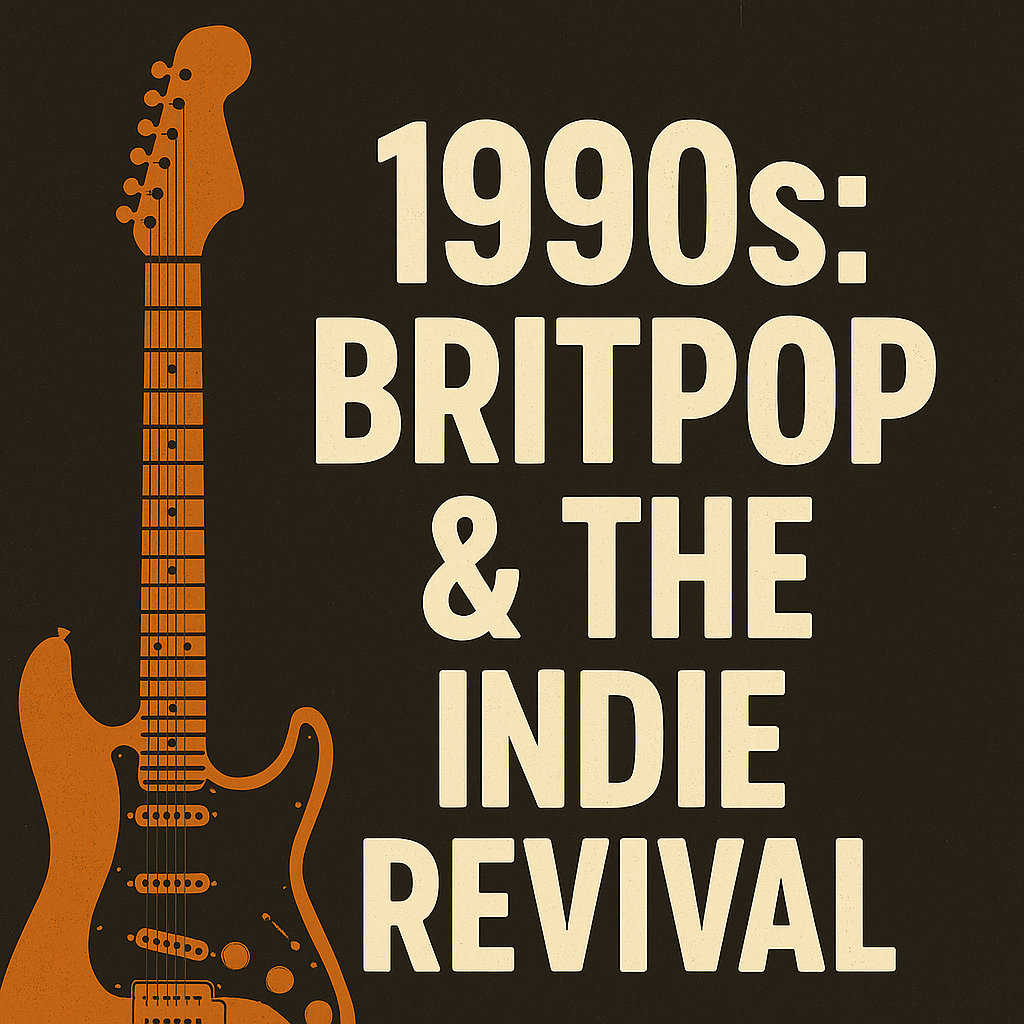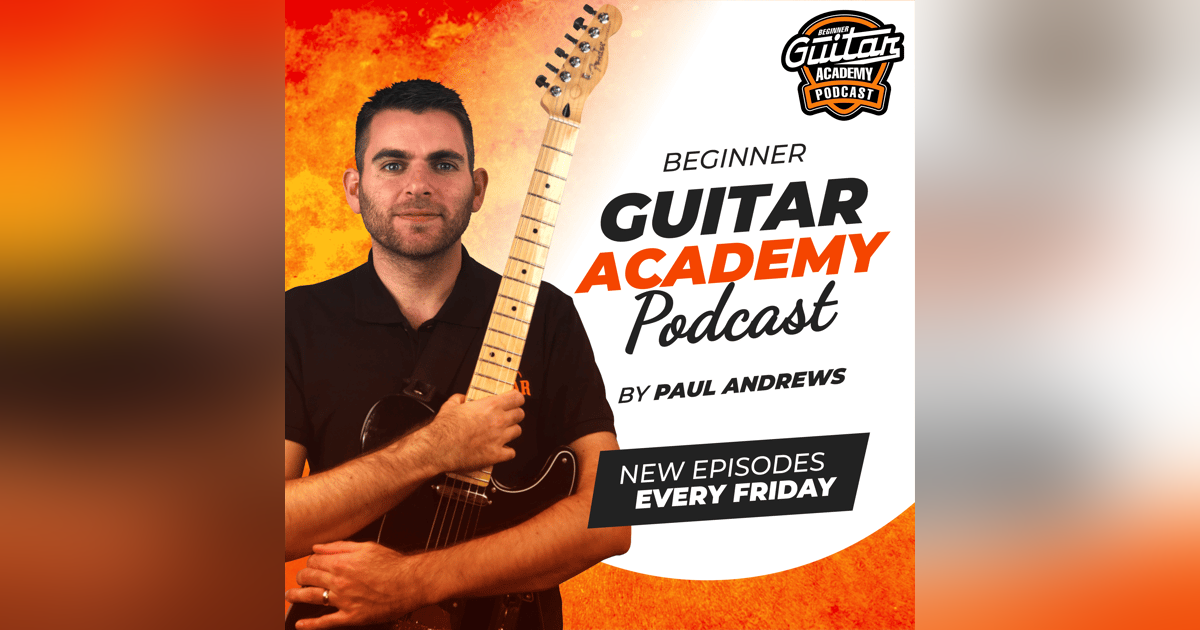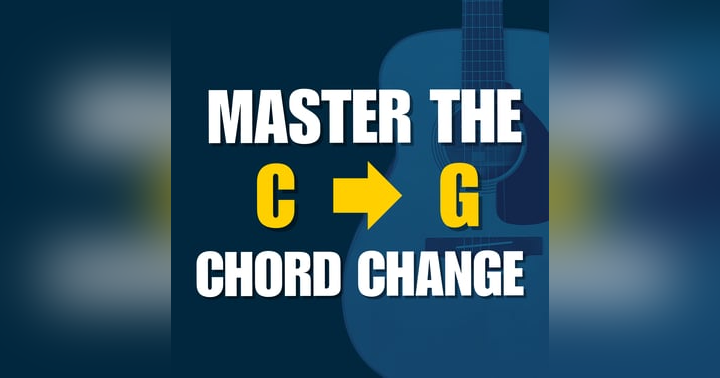Britpop & Indie Rock Revival: A Beginner Guitarist’s Guide to the Sounds of the ’90s and 2000

Welcome back, guitar heroes! This week on the Beginner Guitar Academy Podcast, we journeyed through the electrifying sounds of the 1990s and early 2000s—a golden era when Britpop and the indie rock revival took centre stage. If you’re just venturing onto your guitar journey, this post is your backstage pass to understanding, playing, and falling in love with the energy, groove, and fun of this iconic period in British guitar music.
The Britpop Boom: Chords, Confidence, and Big Choruses
As grunge swept America, Britain responded with its own flavour of guitar-driven rock. Britpop exploded with a sound that was melodic, upbeat, and unashamedly proud, creating a soundtrack for a generation.
Who Ruled the Britpop Era?
-
Oasis: Masters of anthems with huge choruses and straightforward strumming patterns, Oasis made songs like “Wonderwall” part of every guitarist’s repertoire. Noel Gallagher’s playing is a goldmine for beginners—open chords, bar chords, power chords, and pentatonic solos dominate the style.
-
Blur: Bringing quirky riffs and rhythmic genius, Graham Coxon of Blur wasn’t afraid to experiment with textures and tones. Songs like “Parklife” showcase the jangly, fun side of the era.
-
The Big Four: Besides Oasis and Blur, Pulp and Suede rounded out the critical list of Britpop pioneers next to introspective storytellers like The Verve.
Indie Rock Revival: Riffs, Rawness, and Dance Floor Energy
As the 2000s dawned, the fuzzy optimism of Britpop gave way to a new breed of indie bands—think grit over gloss and riffs that stalked the dance floor.
Key Players in the Revival
-
Franz Ferdinand: Leaders of the indie dance-punk pack, churning out tight, syncopated guitar lines and infectious rhythms. Dive into “Take Me Out” to experience the trendsetting feel.
-
Arctic Monkeys: Mixing driving chords with memorable lead hooks, Alex Turner’s distinctive tone is a perfect playground for beginners eager to combine chord work and single-note melodies.
-
Other Icons: Libertines (lo-fi, melodic), Bloc Party (percussion-driven, delay-soaked), and Kaiser Chiefs (anthemic, hook-laden) broadened the indie guitar soundscape.
How Did They Get Those Sounds? Gear Talk for Beginners
Good news—chasing these tones doesn’t require a millionaire’s gear collection!
-
Guitars: Look for Epiphones, Gibson Les Pauls, hollow bodies with iconic paint jobs (Union Jack, anyone?), plus Stratocasters and Telecasters favoured by everyone from Blur to Arctic Monkeys.
-
Amps: The Vox AC30 ruled the Britpop era with its chime and warmth, while Marshalls and Fender amps added the crunch and clarity needed for indie’s raw ethos.
-
Pedals: Simple was effective. Think Boss DS-1/DS-2 distortions, Tube Screamers for creamy leads, and straightforward delays like the Boss DD-3.
Essential Songs Every Beginner Should Try
Paul recommends these five tracks as starter pieces to channel Britpop and indie revival energy—many are beginner-friendly or can be simplified for new players:
-
Wonderwall – Oasis
Legendary open chords, easy fretting. Start slow with the strumming and build up! -
Song 2 – Blur
A power chord fiesta—short, sweet, and high octane. -
I Bet You Look Good on the Dance Floor – Arctic Monkeys
Learn the pentatonic run and power chord punch of this modern classic. -
Take Me Out – Franz Ferdinand
Syncopated, rhythmic fun with one of the era’s most danceable riffs. -
Naïve – The Kooks
Great for bar chord practice with a fun, catchy melody.
What Can Beginner Guitarists Learn from This Era?
Britpop and indie rock are treasure troves for new players:
-
Rhythm, rhythm, rhythm: Master syncopated strums, choppy patterns, and tight chord changes.
-
Feel and dynamics: Groove and attitude are as important as technical skill.
-
Songwriting structure: Repeated verses, choruses, and bridges show how powerful simple structures can be.
-
Tones and textures: Experiment with clean and distorted sounds, embrace pedal effects, but remember—it’s all about the energy you bring!
Weekly Challenge: Try a Britpop or Indie Riff!
Your mission this week is to pick one riff or rhythm from the curated playlist (find it here) and give it a go. Whether it’s “Wonderwall” or the rhythm of “Parklife,” focus on progress, not perfection.
Ready to dive deeper? Don’t forget to check out the full Spotify playlist referenced in the episode with 25 iconic tracks, or catch up on earlier podcast episodes if you want to trace British guitar music from the ’60s onward.
Happy strumming, and remember—energy and attitude trump fancy gear every time. Let those Britpop and indie vibes inspire your next practice session!









